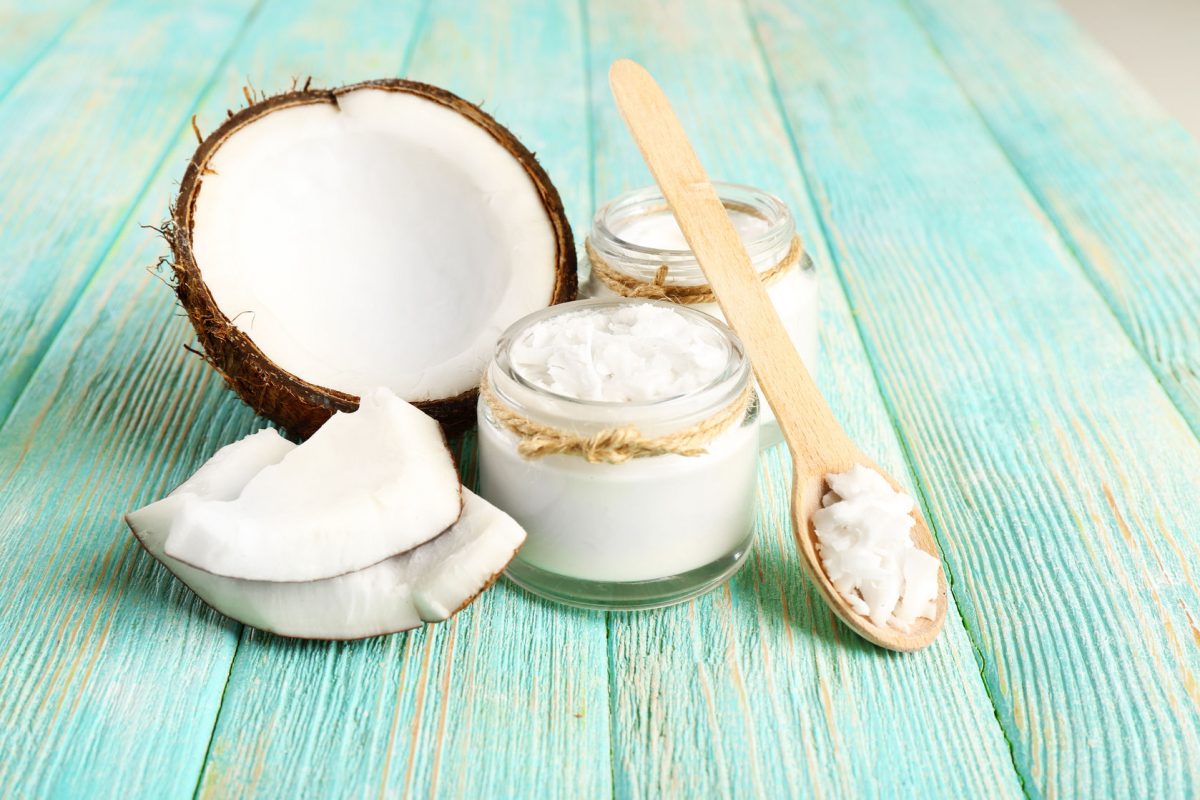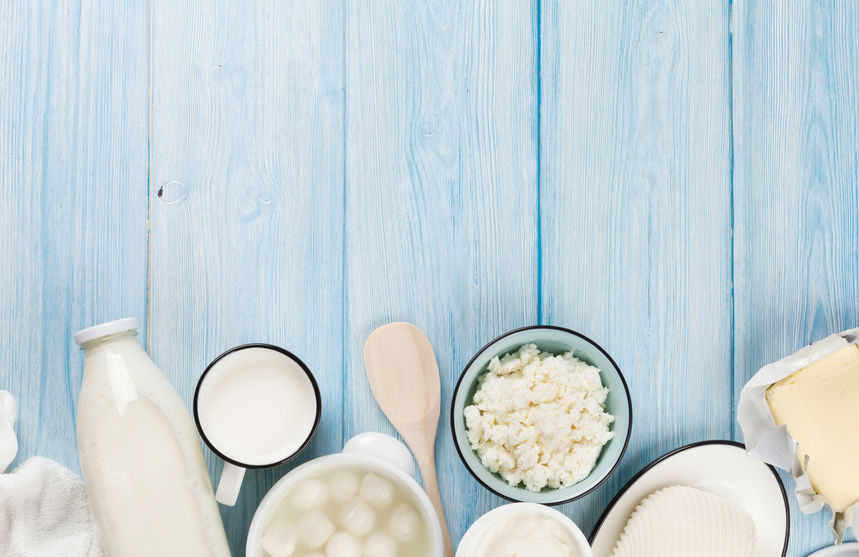If you don’t love cooking, maybe I can help to make it more fun.
I know that sometimes I don’t find cooking to be all that fun… Particularly when I’m hungry and cooking out of necessity, rather than because I’m inspired to be creative. I can get into a rut just like everyone else.
That’s why I’ve created a list of my best “fun” cooking tips for you.
Fun Cooking Tip #1
Check out new recipes.
Sometimes just seeing the beautiful food photos and reading the recipe can spark some inspiration and fun in your kitchen.
You can look up your favourite nutritionists, chefs, bakers, and other online foodies. Maybe do a quick search on Google or Pinterest to see thousands of new ideas.
Of course, my cookbook Everyday Eats: Uncomplicated Recipes for Time-Starved Healthy Eaters could be a good place to start. The recipes are simple and healthy, and they take no more than 30 minutes each.
Perhaps you have some ingredients in your fridge that are just waiting to be eaten.
Pro Tip: Searching through recipes can be so fun and inspiring, and can also end up taking waaaay longer than planned. So, consider setting your timer when you start browsing. The last thing you want is to take too much time looking, that you don’t leave enough time for cooking.
Fun Cooking Tip #2
Make grocery shopping fun and inspiring.
When you’re at the grocery store, try something that you haven’t had in a while. Is there a seasonal fruit or vegetable you haven’t had for months? What about a childhood favourite? Did you come across something totally delicious at a restaurant or get-together lately?
Or, browse around the store looking for something you haven’t had before; something that is completely new to you. Be adventurous and fun. Then you can go to tip #1 to find new and inspiring recipes when you get home.
Fun Cooking Tip #3
Keep it simple!
Sometimes when I see a great food picture, I immediately get inspired to make it. But if I look at the ingredients or instructions and they’re too long, I stop. While there are times when I’m inspired and dive into a new great recipe; when I’m not all that inspired, I need to keep things simple.
A few ways to keep things simple are to:
- Search for recipes with 10 or fewer ingredients, and five or fewer instructions;
- Search for recipes that can be made in one pot or pan;
- Buy ingredients that are ready to cook with (pre-washed salad greens, diced squash, frozen vegetables, etc.)
Fun Cooking Tip #4
Put on some music and invite someone to join you.
Do you have kids that need to learn the critical life skill of cooking? Perhaps your partner would love to join you? What about having a “cooking party” where everyone brings something and pitches in on the process?
I often host cooking parties with clients, and they’re so much fun! Get your friends together and I’ll come over and teach you how to cook new foods in fun and simple ways. Click here to request details.
Fun Cooking Tip #5
If none of the other tips work for you, invest in some kitchen swag!
Having proper kitchen tools makes cooking so much easier and faster. When’s the last time you sharpened your (our bought yourself a new) knife? Could dicing carrots with a dull knife be draining the fun from cooking? Or is blending a smoothie with a crummy blender, leaving it too chunky to enjoy, making you feel less excited to try new smoothie recipes? I know it does for me.
Conclusion
You know that cooking is key to healthy eating. And, yes, it does get boring from time to time.
Try one (or all) of my fun cooking tips to inspire you to get over to your kitchen and cook yourself some great dishes.
You already know your health will thank you.
Recipe (simple and fun): One Skillet Frittata

Serves 4
8 eggs
¼ cup almond milk, unsweetened
1 tsp olive oil, extra virgin
1 clove of garlic, minced
1 handful baby spinach
1 small zucchini, sliced into thin coins
1 clove of garlic, minced
1 handful cherry tomatoes, halved
1 dash herbs and spice to taste (parsley, sage, paprika, turmeric, etc.)
1 dash salt and pepper
Instructions
- Preheat oven to 375F.
- Whisk together eggs and almond milk.
- Heat an ovenproof skillet (e.g. cast iron) on the stove with the olive oil.
- To the hot skillet add garlic, spinach, and zucchini. Cook for 1-2 minutes until the spinach wilts and the zucchini starts to soften.
- Add the tomatoes, herbs, spices, salt, and pepper.
- Pour in the eggs.
- Place the skillet into the oven and bake for 20-30 minutes, until eggs are set.
Serve & enjoy!
Tip: Feel free to substitute your veggies and use what you have on-hand. Try diced pepper instead of tomatoes, or chopped kale instead of spinach. Have fun with this!







